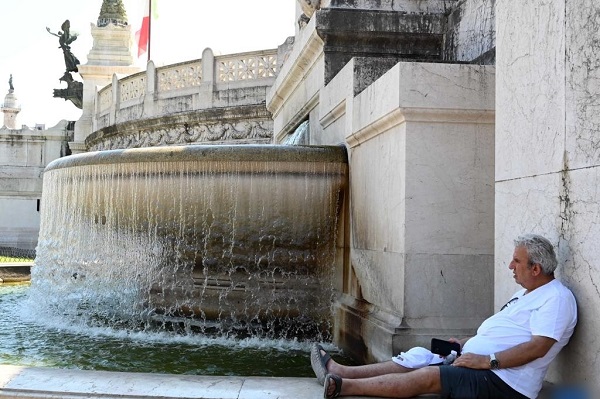Rome, (Asian independent) The drought and extreme temperatures that have been afflicting Italy all summer are set to ease off in the north of the country, according to the government’s meteorological service.
“We will see high pressure in the north, especially in the western section of the country, an influence of the unstable Atlantic currents,” it said in its weekly report.
However, “rainfall will remain below average in the south”, it warned.
Parts of northern Italy have already been hit by violent thunderstorms this week, and these are expected to spread across the rest of the north and into central Italy on Thursday and Friday, reports Xinhua news agency.
Meteorologists have predicted heavy rain, including the potential for mudslides and flooding in the central Italian regions of Tuscany, Umbria, and Lazio. Some areas will see dangerous gusts of wind, and even hail, according to weather sites.
These developments are a dramatic departure from recent weeks, which have seen record temperatures and dry conditions, leading a reduction in the country’s agricultural output.
However, agricultural experts have said the expected storms in the northern and central parts of the country in the coming days will be too intense to significantly impact the damage from the extremely low levels of rivers and lakes.
Meanwhile in the south, the regions of Sicily and Calabria will see the dry weather continue, with an increase in temperatures to as much as 45 degrees Celsius at mid-day.
This is far above the 38- to 40-degree Celsius levels that sparked red alerts across Italy earlier in the month.
The bouts of rain expected in parts of the country will not mean an end to the drought conditions, local media reported.
The overall trend of hot and dry weather is set to last through September, with occasional “acute anomalies” like thunderstorms.
The extreme weather in Italy this summer has been a top news story for weeks.
Health authorities have reported that in the first half of July alone, the heat resulted in more than 700 deaths in 33 cities nationwide.








